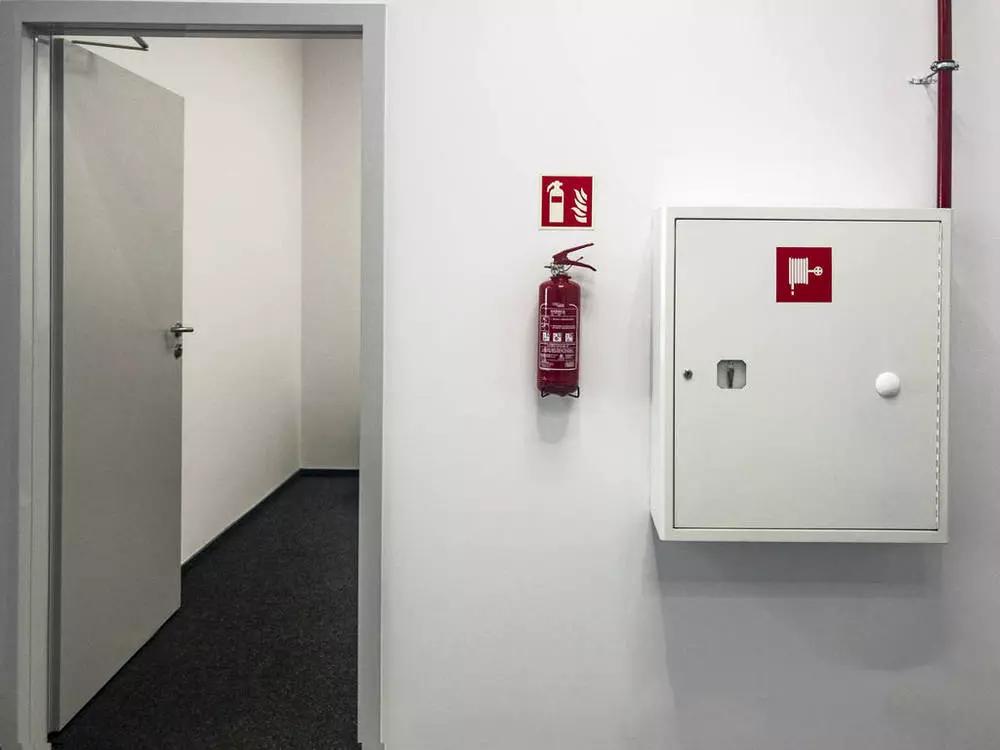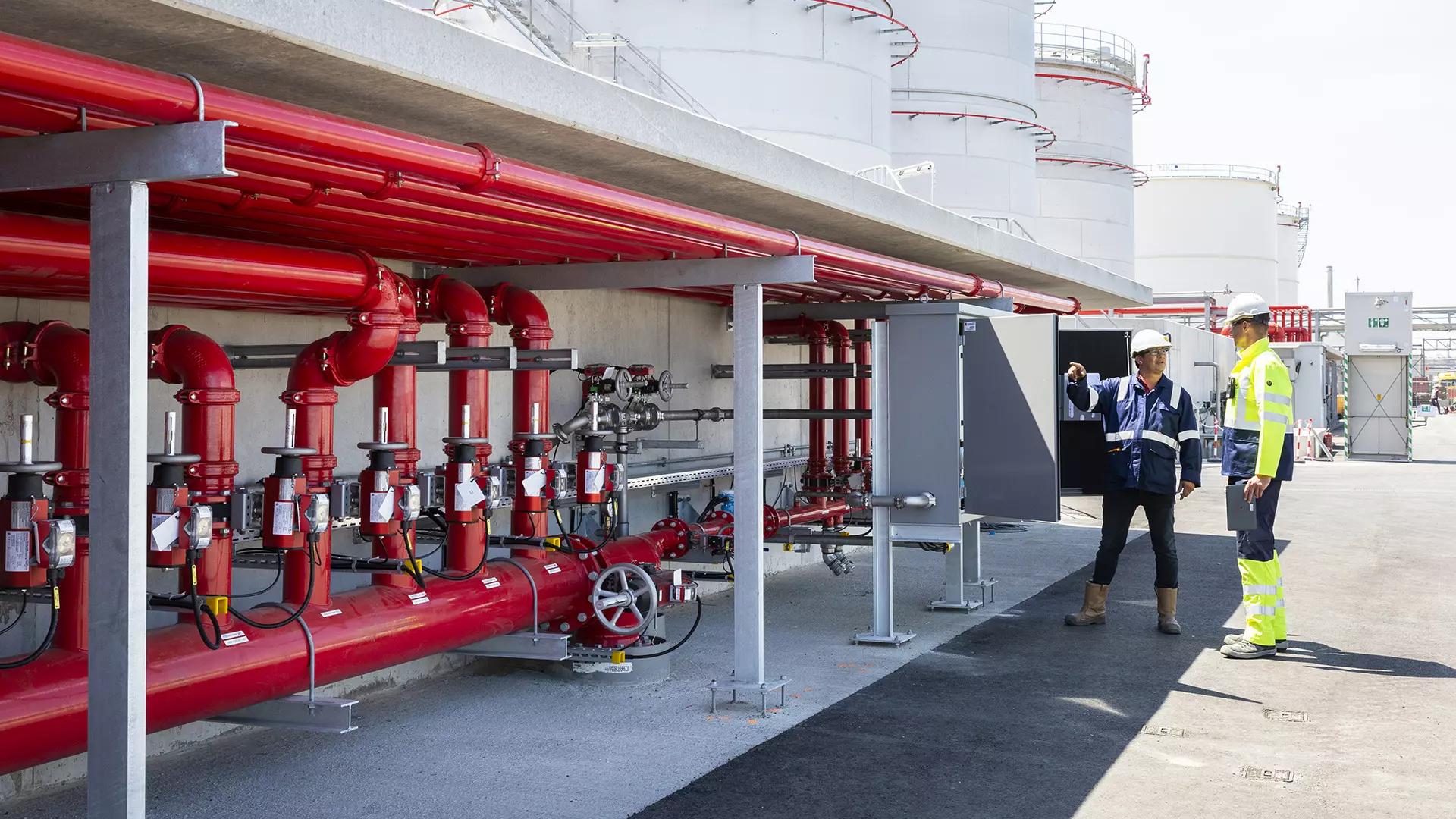Fire protection systems transcend mere reactive measures, functioning as a proactive bulwark against uncontrolled conflagration. At Leyon Piping, the efficacy of such systems is understood to derive from their precise application across diverse operational environments. This discourse explores the extensive reach of these essential safeguards, their multifaceted applications, fundamental principles of prevention, and the critical role of robust piping infrastructure in ensuring their unimpeded function.
The Ubiquitous Reach: Safeguarding Every Facet of Modern Life
Fire protection systems are integral to virtually every sector encompassing human activity, valuable assets, or critical operations. Each distinct environment presents unique challenges, thereby necessitating customized fire safety methodologies to achieve optimal effectiveness.
Commercial and Residential Structures: The Daily Sentinel
Within high-rise commercial buildings, expansive residential complexes, and bustling retail establishments, fire protection systems operate as vigilant sentinels. Their paramount objectives include the preservation of human life and the mitigation of property damage. Automatic sprinkler systems, which incorporate robust components such as GI pipe fittings and cast iron fittings, are indispensable for rapid deployment and the suppression of incipient fires.
Industrial and Manufacturing Facilities: Precision and Resilience
The industrial landscape, characterized by intricate machinery, volatile materials, and high-temperature processes, necessitates an advanced level of fire protection. Facilities such as factories, chemical processing plants, warehouses, and power generation units face the potential for catastrophic economic loss, environmental contamination, and severe human casualties in the event of a fire. Specialized systems, including foam suppression, clean agent systems, or deluge systems, are commonly employed. The integrity of the piping infrastructure, encompassing durable fittings, is non-negotiable to ensure the unfettered delivery of extinguishing agents.
Special Hazard Environments: Extreme Demands
Certain sectors, including oil and gas operations, marine vessels, and mining facilities, function under exceptionally hazardous conditions. These environments necessitate highly specialized and robust fire protection systems capable of enduring extreme temperatures, corrosive atmospheres, and explosive risks. Leyon's piping and fittings consistently meet stringent international standards for durability in these demanding applications.
What are the four fire prevention requirements for businesses?
1.Regular Inspections and Maintenance: This constitutes a foundational element of fire prevention. Businesses must conduct routine inspections of all fire protection equipment, including alarms, sprinklers, extinguishers, and the integrity of their piping systems, such as cast iron fittings. Ensuring the functionality of fire-fighting flexible hoses is also critical. Such preventive maintenance ensures the continuous readiness of systems for immediate activation.
2.Emergency Planning and Evacuation Routes: The development and regular practice of a clear emergency plan are imperative. This includes identifying and clearly marking all exit routes, ensuring their unobstructed status, and establishing designated assembly points. The plan should also delineate procedures for personnel accountability and communication with emergency services.
3.Employee Training and Awareness: Comprehensive training for all employees on fire safety protocols is essential. This encompasses instruction on the proper use of fire extinguishers, identification of potential hazards, and execution of evacuation procedures. Regular drills reinforce this knowledge and facilitate a coordinated response during an actual emergency.
4.Proper Storage of Flammable Materials: Flammable liquids, gases, and combustible materials must be stored in strict adherence to safety regulations. This often involves the utilization of approved containers, dedicated storage areas equipped with appropriate ventilation, and maintaining safe distances from potential ignition sources. The segregation of incompatible materials is also a critical consideration.
Why is fire prevention so important in the industrial workplace?
The criticality of fire prevention in industrial workplaces is amplified by several significant factors. Industrial fires possess the capacity to inflict monumental damage, resulting in the destruction of multi-million dollar assets, extensive operational downtime, and the complete cessation of production. The presence of highly combustible materials and complex machinery dictates that fires can ignite and propagate with alarming rapidity and intensity, potentially leading to severe injuries, fatalities, and environmental contamination. Furthermore, disruptions at a single facility can precipitate cascading effects across entire supply chains. Therefore, prophylactic measures serve to protect investments, ensure operational continuity, and uphold corporate social responsibility. Leyon Piping's commitment to manufacturing high-quality pipe fittings directly supports this preventative ethos, furnishing the robust infrastructure necessary to contain incidents.
The Anatomy of Protection: Key Components and Leyon's Indispensable Role
Every effective fire protection system is composed of meticulously engineered components. Leyon Piping contributes foundational elements that ensure the reliability and longevity of these critical systems.
Post time: May-23-2025


